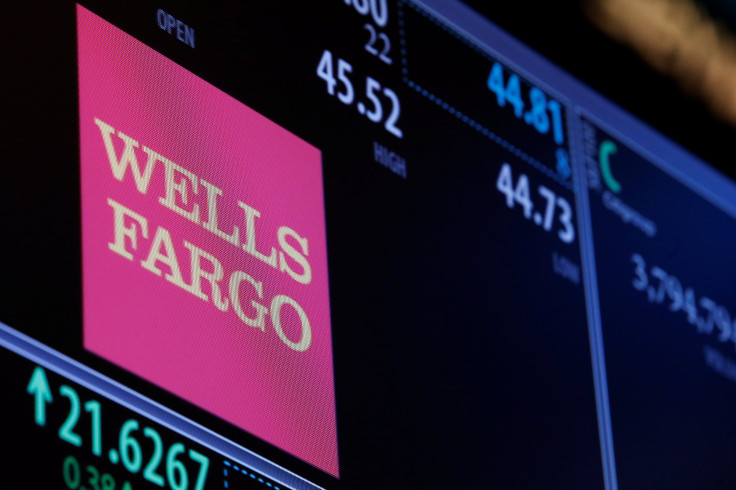Citigroup, Wells Fargo, Bank Of America Pose Higher Systemic Risk To Global Financial Market, Oversight Group Says

A global financial regulator declared three of America’s largest banks sources of higher risk to the world’s financial system compared to last year, requiring them to hold more capital as a sort of insurance against failure and the resulting ripple effects across the global economy. The announcement on Monday came less than two weeks after banking industry deregulation-friendly candidate Donald Trump won the presidential election.
The Basel, Switzerland-based Financial Stability Board (FSB) will, starting in January 2018, require Citigroup Inc. to have a 2.5 percent capital buffer—the second-highest risk bracket—compared to last year’s 2 percent requirement, and Bank of America Corp. needs to keep 2 percent of its capital available, above last year’s 1.5 percent. Morgan Stanley, however, was moved to the lowest risk bracket, with a capital buffer of just 1 percent, down from 1.5 percent last year.
Wells Fargo & Co.’s bump to a higher capital buffer level, to 1.5 percent from 1 percent last year, followed a rough patch for the bank. Over the past several months, Wells Fargo has been investigated by the Federal Bureau of Investigation, the House Financial Services Committee, the Justice Department, the California Attorney General’s office, the Securities and Exchange Commission and its own directors over the opening of false accounts without customers’ knowledge for more than a decade. The ordeal resulted in the resignation of the bank’s CEO, after a high-profile grilling by Sen. Elizabeth Warren of Massachusetts, as well as a $185 million fine.
While the FSB deemed the three American banks, including scandal-mired Wells Fargo, higher systemic risks to the global economy, Deutsche Bank, which the International Monetary Fund labeled the greatest systemic risk to the international financial sector last summer, retained its middle-tier position, with a capital requirement of 2 percent.
So why should Wells Fargo hold more capital than usual if Deutsche Bank hasn’t been bumped up on the list?
The FSB’s decision came down to “data quality improvements, changes in underlying activity and the use of supervisory judgement,” according to the oversight group’s press release. And the Financial Times cited “people familiar with the move” as saying the decision was related to a surge in the value of the U.S. dollar, which automatically boosts American banks’ risk rankings. Yet it also followed the election victory of Trump, who has promised several times to dispose of a law that sought to mitigate the systemic risks posed by American megabanks—risks that helped set off the 2008 financial crisis.
In an Oct. 20 interview with Fox Business’ Stuart Varney, Trump said he believed "we have to get rid of Dodd-Frank," referring to the 2010 law that required banks to keep higher reserves available, avoid predatory lending and keep their customer services and speculative trading activities separate. Many have expressed worries for the financial industry in light of Trump’s Nov. 8 upset, with some arguing that the “laissez-faire” proposals could send the U.S. into another financial crisis.
The President-elect’s website has explicity expressed its opposition to Dodd-Frank.
"The Dodd-Frank economy does not work for working people. Bureaucratic red tape and Washington mandates are not the answer," a note from the site says. "The Financial Services Policy Implementation team will be working to dismantle the Dodd-Frank Act and replace it with new policies to encourage economic growth and job creation."
© Copyright IBTimes 2024. All rights reserved.





















